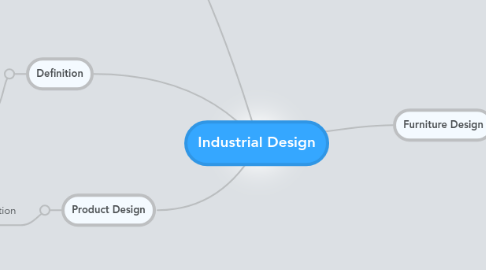
1. Social Networking
1.1. a platform to build social networks or social relations among people who, for example, share interests, activities, backgrounds, or real-life connections. A social network service consists of a representation of each user (often a profile), his/her social links, and a variety of additional services. Most social network services are web-based and provide means for users to interact over the Internet, such as e-mail and instant messaging. Online community services are sometimes considered as a social network service, though in a broader sense, social network service usually means an individual-centered service whereas online community services are group-centered. Social networking sites allow users to share ideas, pictures, posts, activities, events, and interests with people in their network.
1.1.1. History
1.1.1.1. BBS - Bulletin Board System
1.1.1.2. CompuServe
1.1.1.3. AOL
1.1.2. Products
1.1.2.1. Sites
1.1.2.1.1. Facebook
1.1.2.1.2. MySpace
1.1.2.1.3. LinkedIn
1.1.2.1.4. Pinterest
1.1.2.1.5. Tumblr
1.1.2.1.6. Behance
1.1.2.1.7. Twitter
1.1.2.1.8. Spring.me (formerly Formspring)
1.1.2.1.9. Google+
1.1.2.1.10. Meetup
1.1.2.1.11. tribe.net
1.1.2.1.12. Friendster
1.1.2.1.13. Diaspora
1.1.3. Methods
1.1.4. Values
1.1.4.1. Technology
1.1.4.2. Action
1.1.4.3. Communities
1.1.4.4. Causes
2. Definition
2.1. The use of both applied art and applied science to improve the aesthetics, ergonomics, functionality, and/or usability of a product, and it may also be used to improve the product's marketability and even production. The role of an industrial designer is to create and execute design solutions for problems of form, usability, physical ergonomics, marketing, brand development, and sales.
3. Product Design
3.1. Definition
3.1.1. The process of creating a new product to be sold by a business to its customers. A very broad concept, it is essentially the efficient and effective generation and development of ideas through a process that leads to new products. In a systematic approach, product designers conceptualize and evaluate ideas, turning them into tangible inventions and products. The product designer's role is to combine art, science, and technology to create new products that other people can use. Their evolving role has been facilitated by digital tools that now allow designers to communicate, visualize, analyze and actually produce tangible ideas in a way that would have taken greater manpower in the past.
4. Furniture Design
4.1. Definition
4.1.1. Equipment that is necessary, useful, or desirable; movable articles used in readying an area (as a room or patio) for occupancy or use
4.1.1.1. Methods
4.1.1.1.1. Machine-made
4.1.1.1.2. Handmade
4.1.1.2. History
4.1.1.2.1. European furniture
4.1.1.2.2. American furniture
4.1.1.3. Products
4.1.1.3.1. Materials
4.1.1.3.2. Economic
4.1.1.4. Values
4.1.1.4.1. form
4.1.1.4.2. function
4.1.1.4.3. aesthetics
4.1.1.4.4. expensive
4.1.1.4.5. cheap
4.1.1.4.6. well-crafted
4.1.1.4.7. shoddily-crafted

